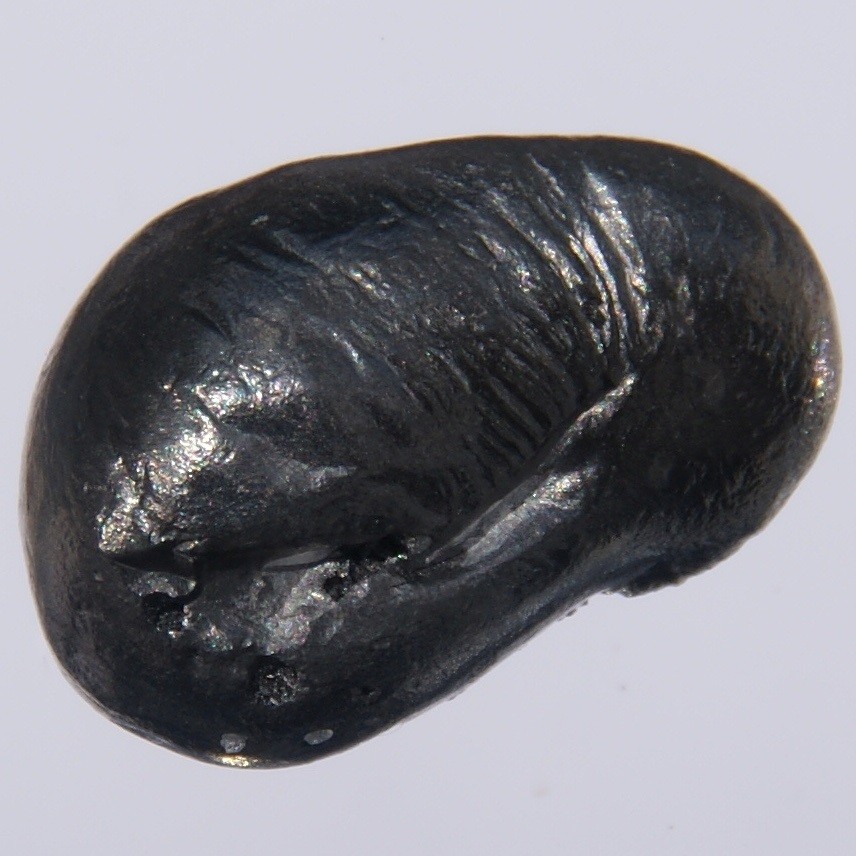
Louis-Nicolas Vauquelin discovered beryllium in the oxide form in both beryl and emeralds in 1798.
Friedrich Wöhler and Antoine Bussy independently isolated beryllium in 1828 by the chemical reaction of metallic potassium with beryllium chloride.
The first commercially-successful process for producing beryllium was developed in 1932 by Alfred Stock and Hans Goldschmidt.
Electrons per shell Electron Configuration Emerald is a naturally occurring compound of beryllium Physical Properties Melting Point 1560.15 K | 1287 °C | 2348.6 °F Boiling Point 2742.15 K | 2469 °C | 4476.2 °F Heat of Fusion Heat of Vaporization Specific Heat Capacity Abundance in Earth's crust Abundance in Universe
Beryllium is used in nuclear reactors as a reflector or moderator.
Beryllium metal is used for lightweight structural components in the defense and aerospace industries in high-speed aircraft, guided missiles, space vehicles and satellites.
Unlike most metals, beryllium is virtually transparent to x-rays and hence it is used in radiation windows for x-ray tubes.